Cat paws are more than just footwear for felines.
What does your cat need her paws for and how can you help her in caring for them?
Slinking around on velvet paws? Your cute kitty cat can also do other things with them! And you will notice this when your favourite couch has been “touched up”. Paws and claws are a cat’s most important tools. Without claws your cat can’t catch prey. She needs them to capture and hold on to prey, but also to climb and jump. A cat with blunt claws can’t defend herself and would be hopelessly disadvantaged against other cats in fights over territory. She also distributes her own personal scent marks via her paws.
Anatomy of a cat’s paw
How is a cat paw structured? And what is the right word for it? Is it actually a foot? Paws are a cat’s hands and feet. For the larger members of the cat family, we tend to speak of feet or paws; in smaller cats – paws. The anatomy of the front and hind paws is very similar to many other mammals. So the big paws of a lion in the Serengeti work just like those of a lounge lion at home. They are perfectly designed and adapted for cat life.
Do cats have toes?
Do cats have toes? And if so, how many? At first glance, you can’t see cat toes. It looks like the paw is a very round part of the body, doesn’t it? But a cat’s paw has toes! And most of them are very flexible. On the front paws there are five, and on the back paws four. One toe, the thumb so to speak, is hardly noticeable because it’s positioned lower than the ball of the sole and in most cats is not as developed and flexible as the other toes.
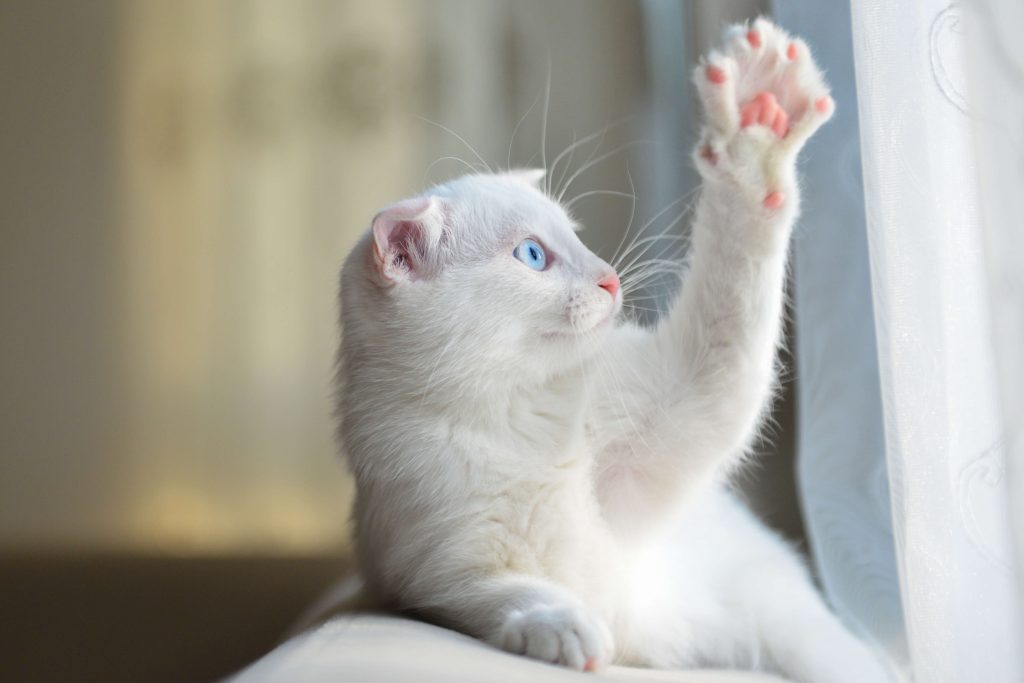
The front paws
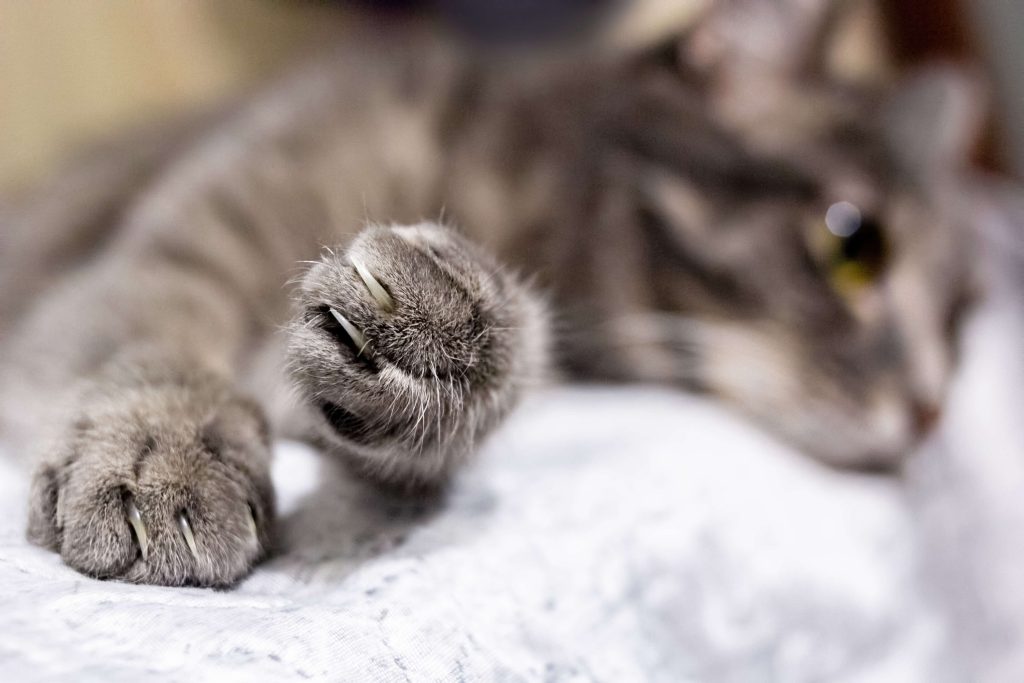
The front paws are the cat’s hands. As far as the skeleton is concerned, they are even quite similar to human hands, only the shape is slightly different. Their anatomical structure offers optimal usage! Cats may not be able to accomplish everything we can with their front paws. But instead they move like a ballerina on their toes. These tip-toers can sneak up on their prey silently and smoothly.
The hind paws
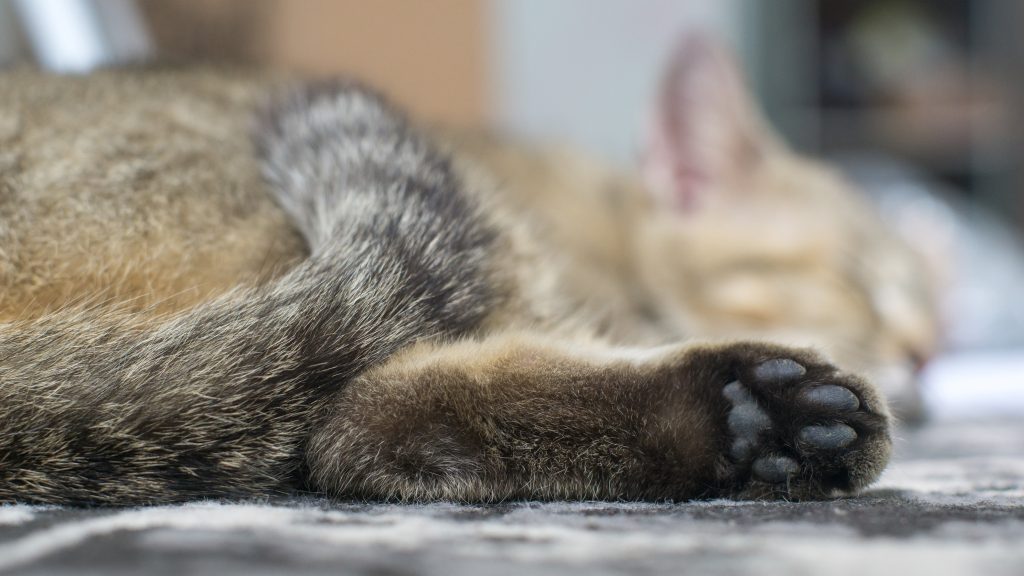
Some cats stand on their feet to survey their surroundings. They sit upright, serenely on their hind paws and, with spine erect, maintain a leisurely lookout. In addition, they can easily jump up to two metres from a standing position. To do this, they first “fold” their hind legs together and then “unfold” them again. This generates a lot of energy, which allows cats to catapult upwards or far away!
Bones
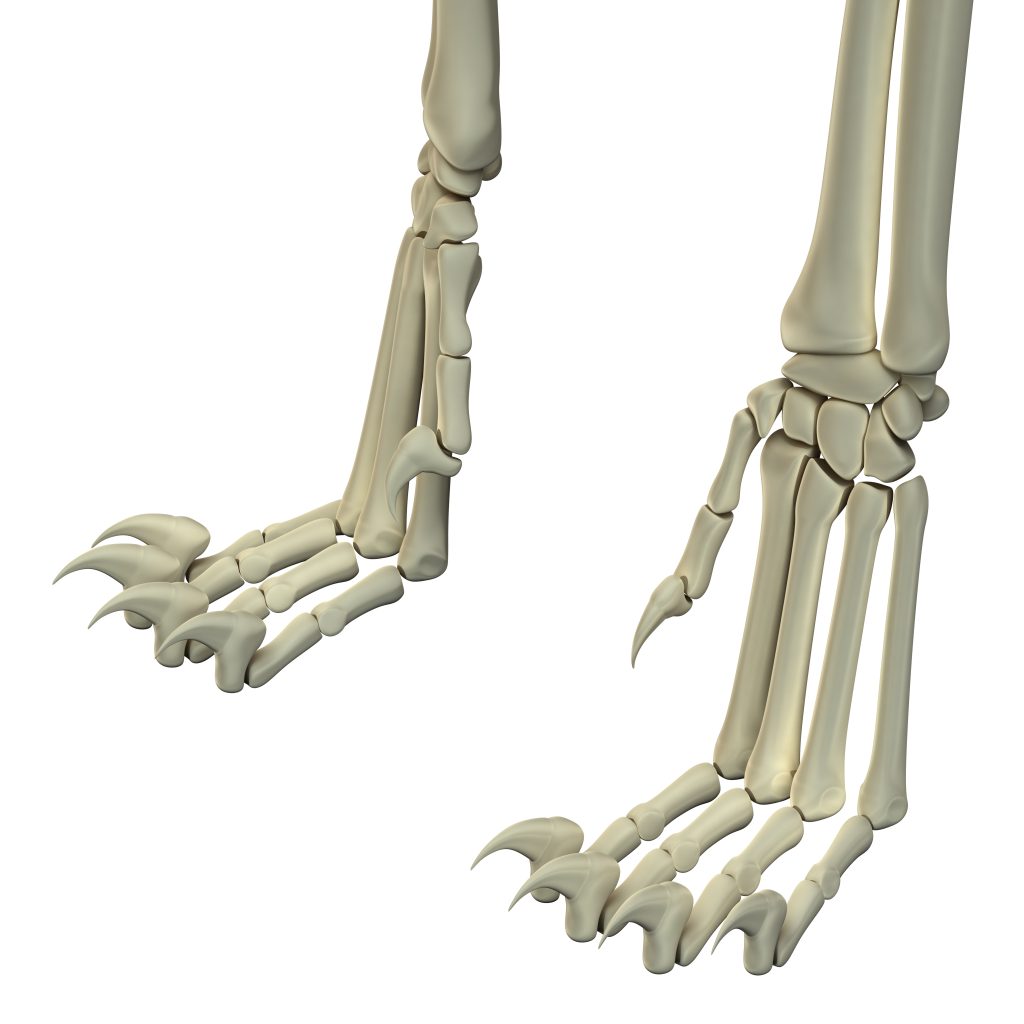
The skeleton of a cat’s paw is an anatomical marvel consisting of a multitude of individual bones. Paw joints are held together by very flexible individual root bones. Metatarsals or metacarpals then form the actual front or hind paw – the cat’s hands and feet so to speak. And the toe bones finish off the cat’s paw with claws. Cat bones are like springy bamboo: very light, but incredibly strong.
The pads
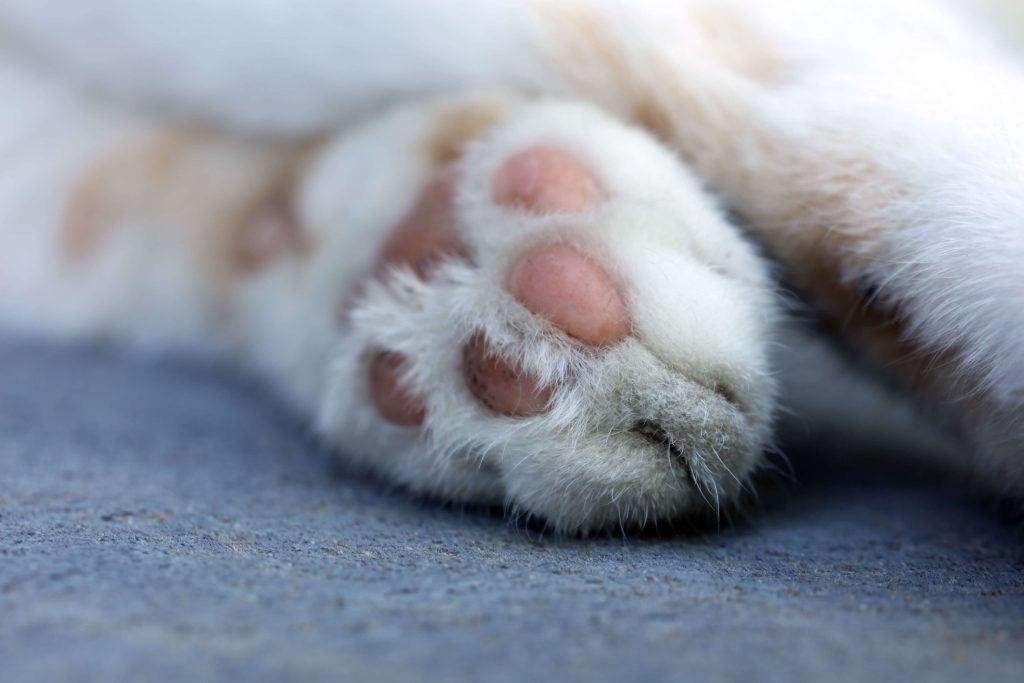
How many pads does a cat have? On their front paws, cats have four toe pads, one sole pad, one thumb pad and one carpal pad. The hind paws have only four toe pads and one sole pad. Pads are the colour of a cat’s fur. When it has a piebald coat, the pads are also a mix of colours. These soles look velvety, but reliably protect the cat from heat and cold. They also give the kitty the necessary grip and padding on all surfaces.
A cat’s claws
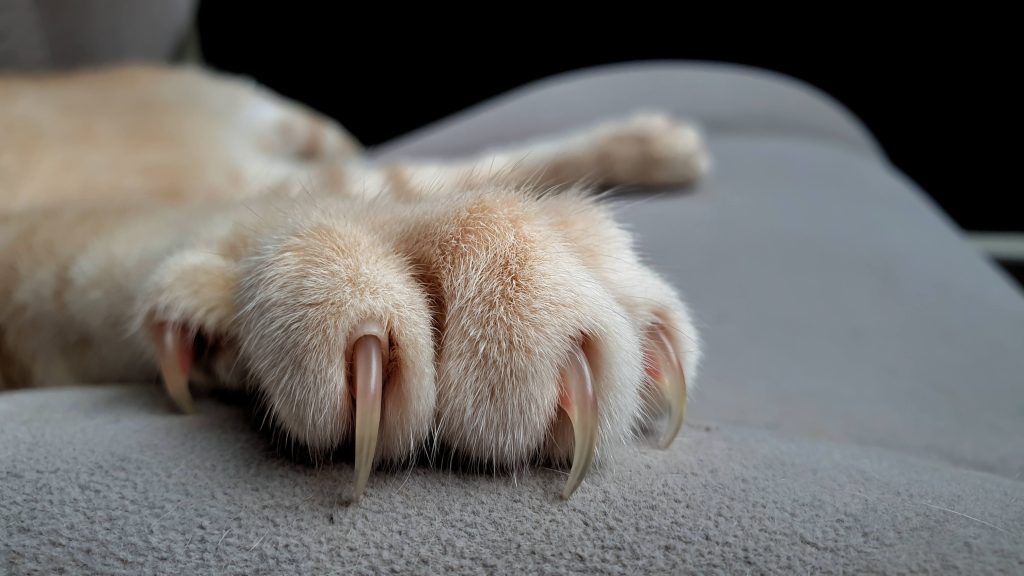
Each toe has a razor-sharp cat’s claw made of horn. These can be extended or retracted as needed. Claws play a very important role in a cat’s life, because without them she would not be able to grip and everything would slip out of her paws. Even jumping and balancing without a secure hold would be dangerous. Prey could easily escape and when attacked by enemies, she would be defenceless. Without claws there are no dreaded slashes or safe retreats to high trees.
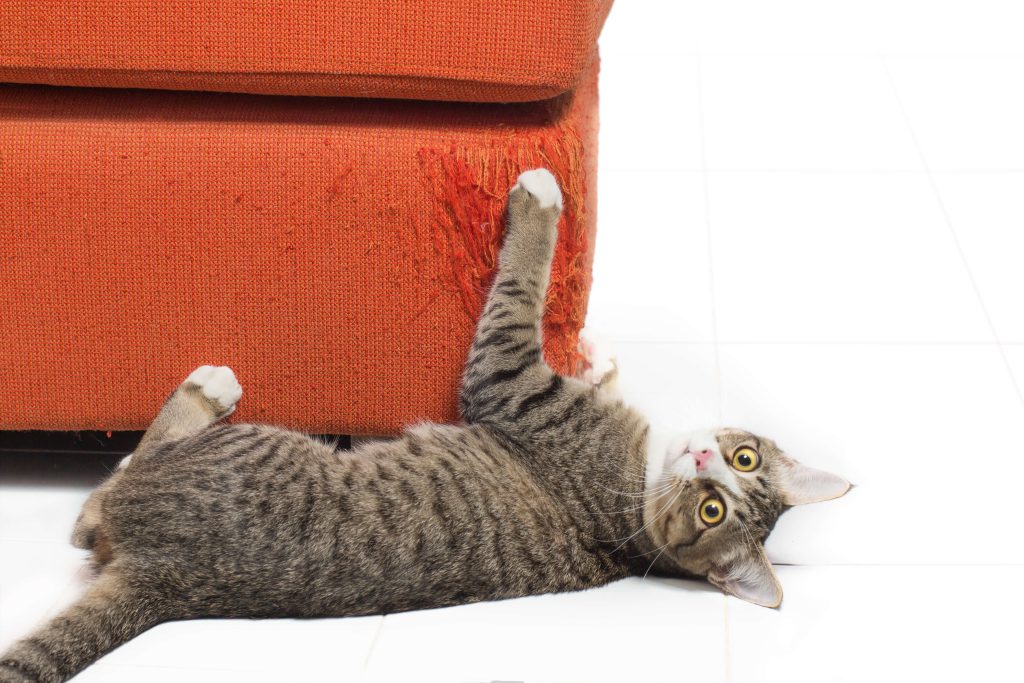
The function of a cat’s paw
The cat’s paw is like a cat’s eye and perfectly attuned to these roaming hunters: lightning-fast reactions, spatial vision – even in low light! In the dark and tracking things on the move, cats clearly have the edge! It can be pitch dark, but kitties still know exactly where their prey is. Through receptors on their pads, they can clearly sense even the slightest vibrations and movement.
For climbing, running and jumping
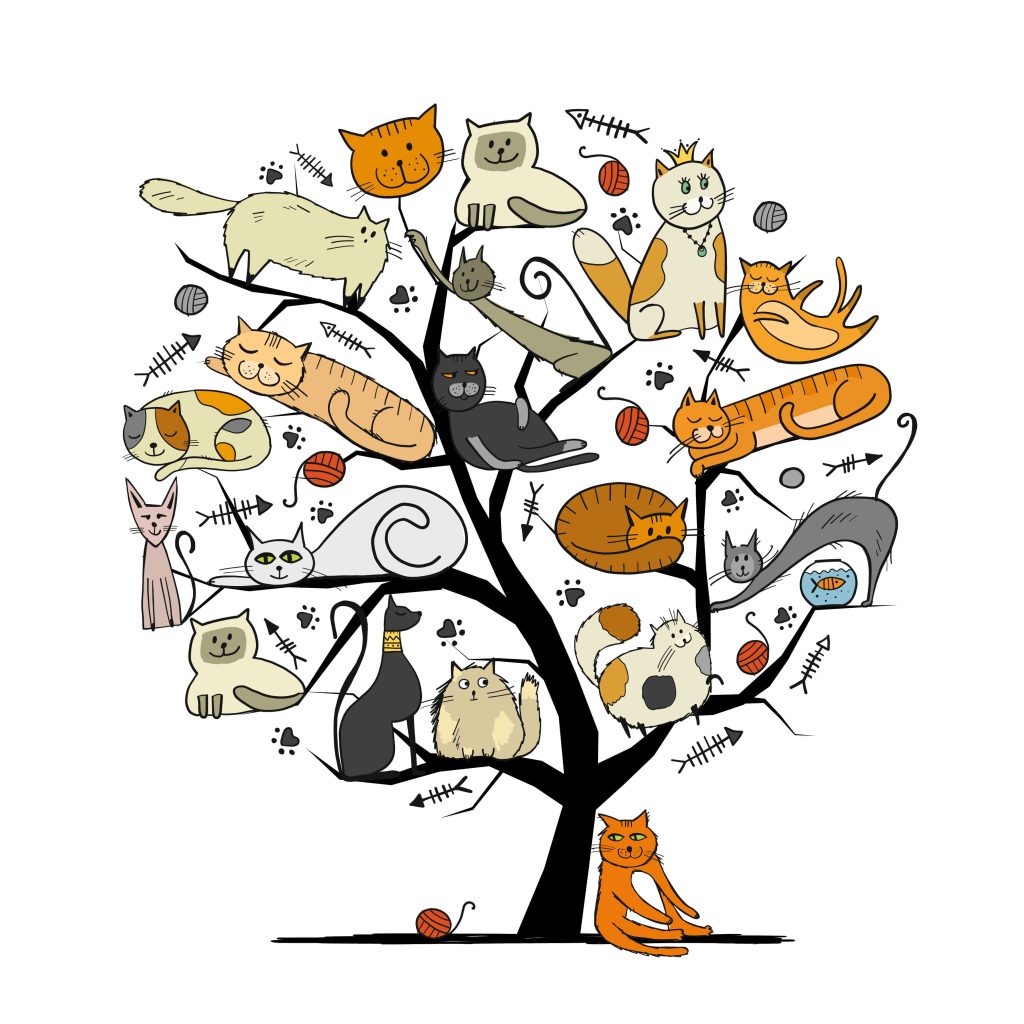
When awake, a cat is fully engaged in its world: running, in motion, exploring what’s new. Paws convey cats through their territory. Every cat wants to flex its basic instincts – lurking, catching prey, climbing and jumping. A cat moves smoothly, with a slightly springy gait. From a standing position it can jump up, land softly on its paws – again and again.
For cleaning
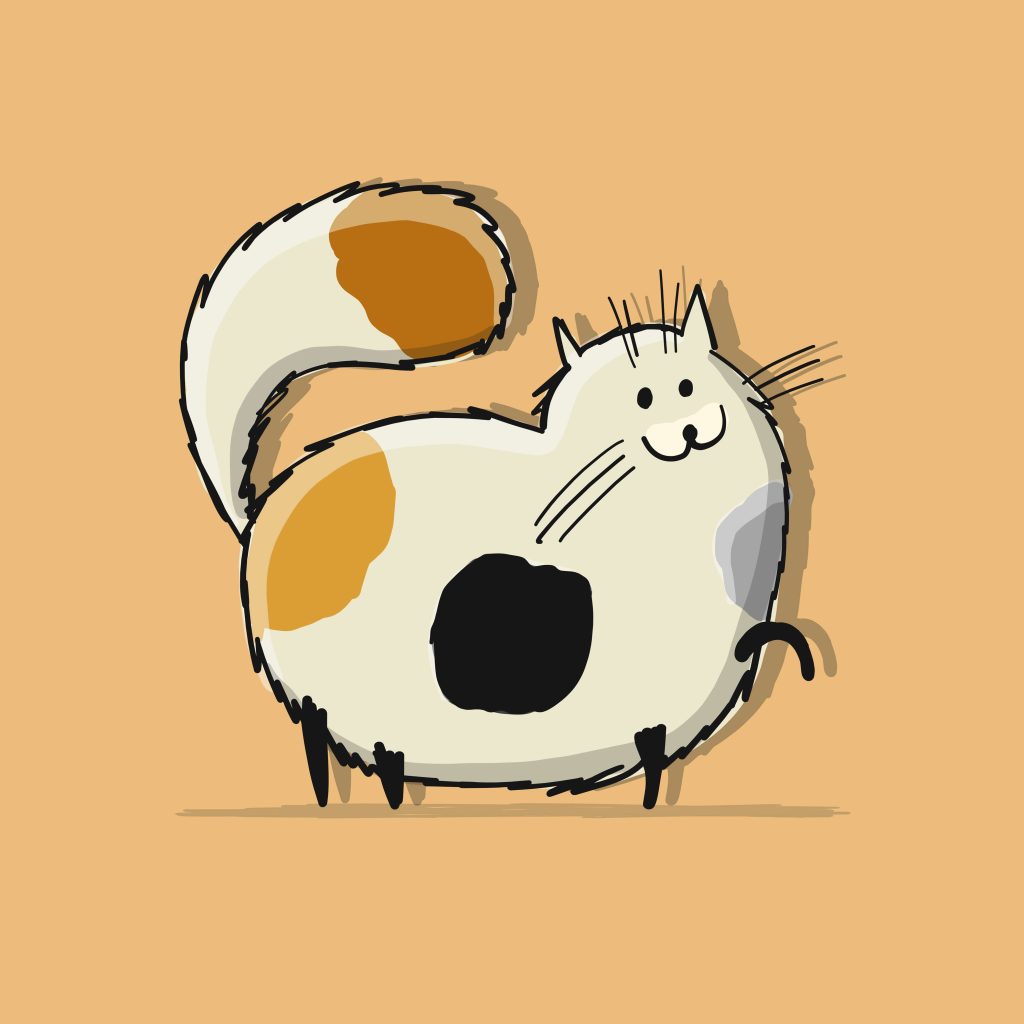
Kitties are very clean, and spend many hours a day grooming. Cats use their paws to clean themselves. First, the cat moistens her paw with her tongue and then bit by bit rubs it over every part of the body that needs to be washed. Cats always start at the head: first around the mouth, then over the eyes and on to the ears. Then they work their way over the shoulders, back and belly to the hind paws…
Controlling temperature

A cat’s paws also help regulate temperature. Humans sweat through sweat glands all over our bodies that bring our body temperature down. When it’s very hot, sweating cools us down because it evaporates. Cats have only a few isolated sweat glands, located between pads and toes, which are mainly used to secrete scents. Since cats do not have many sweat glands, they cool themselves by licking their fur.
Injured paw
If your cat has injured its paw, you should take it to a vet, because s/he can treat the injured paw properly. If the wound is bleeding, you should apply a prophylactic bandage before transport. First clean the wound with water, then gently dab it dry and put a piece of sterile gauze on the wound before carefully bandaging the paw. You should not remove foreign bodies that are deep in the wound yourself – this is better left to a professional!
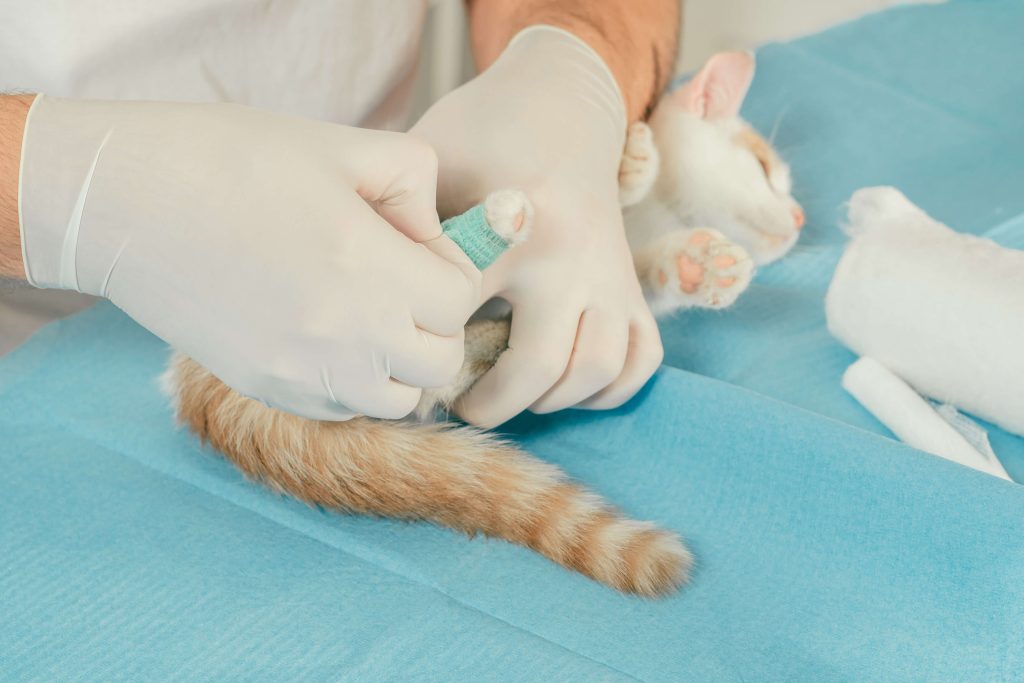
Swollen paw
What do you do if your cat has a swollen paw? There can be many reasons for a swollen paw. Where is the swelling? Which part of the cat’s paw is most affected? Observe how your cat moves – is she putting weight on the paw or limping? Is the overall swelling mild or severe? Are all the claws still there? At the vet, your observations can provide important clues to the diagnosis and treatment for your cat.
Inflamed paw
Outdoor cats come home from time to time with minor injuries to their paws. A shortcut through the thorny bushes – and there’s a scratch! Cats lick a scratch thoroughly, but sometimes it’s not enough. Bacteria get in. What do you do if a cat’s paw is inflamed? To prevent the inflammation from spreading further, the paw should be cleaned and disinfected by a vet. Medication helps fight the inflammation internally.
Broken paw
How can you tell if your cat has broken its paw? Cats are no wimps, they tolerate a lot! They can endure a certain amount of pain before you even notice. But if your cat is obviously in a lot of pain, avoiding you touching or moving her paw, then it could be broken. If your cat’s paw looks strangely out of shape – take her to the vet immediately!
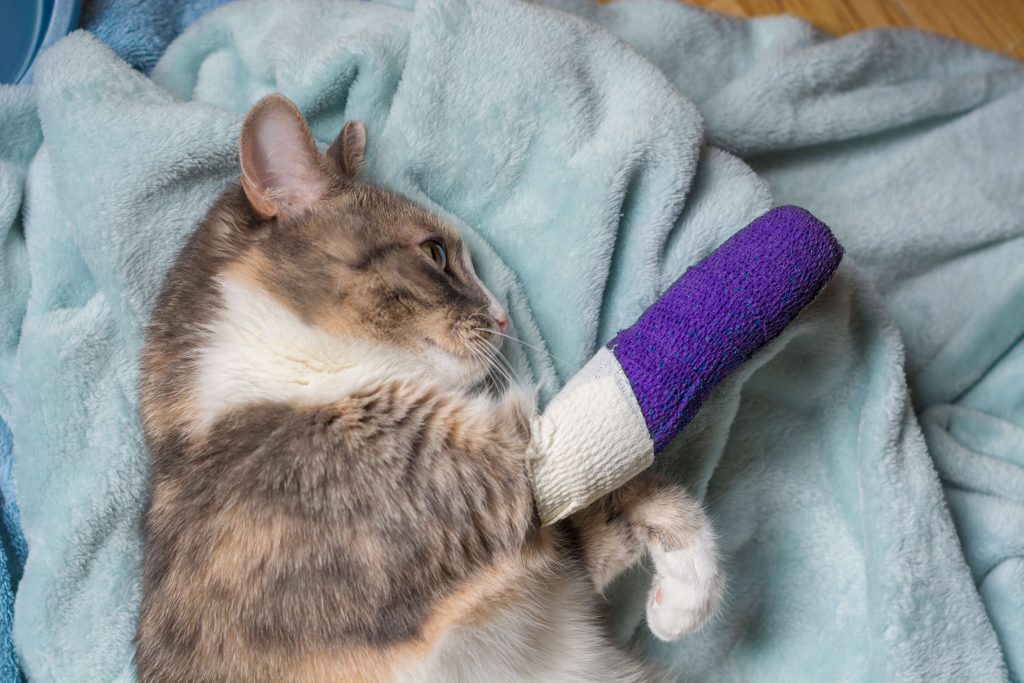
Caring for a cat’s paw
How do you care for your cat’s paws? Is it even necessary? Don’t they do it all by themselves? How should it be done? Of course, you can let nature take its course, because a healthy cat will take care of its paws all by itself. It’s an integral part of the daily grooming routine. However, there are some situations where your involvement can help ensure that your cat’s paws are well looked after and stay that way.
When to groom your cat’s paws
Indoor cats live in a safe environment, but outdoor cats that roam through woods and meadows can bring things home that you don’t want within your four walls. Like parasites and dirt. Especially not when kitty is sitting in your bed or on your couch… When your cat comes home dirty, a “paw care session” is a good idea!
TIP: Keep an eye on your cat’s paws, then you won’t miss any injuries!
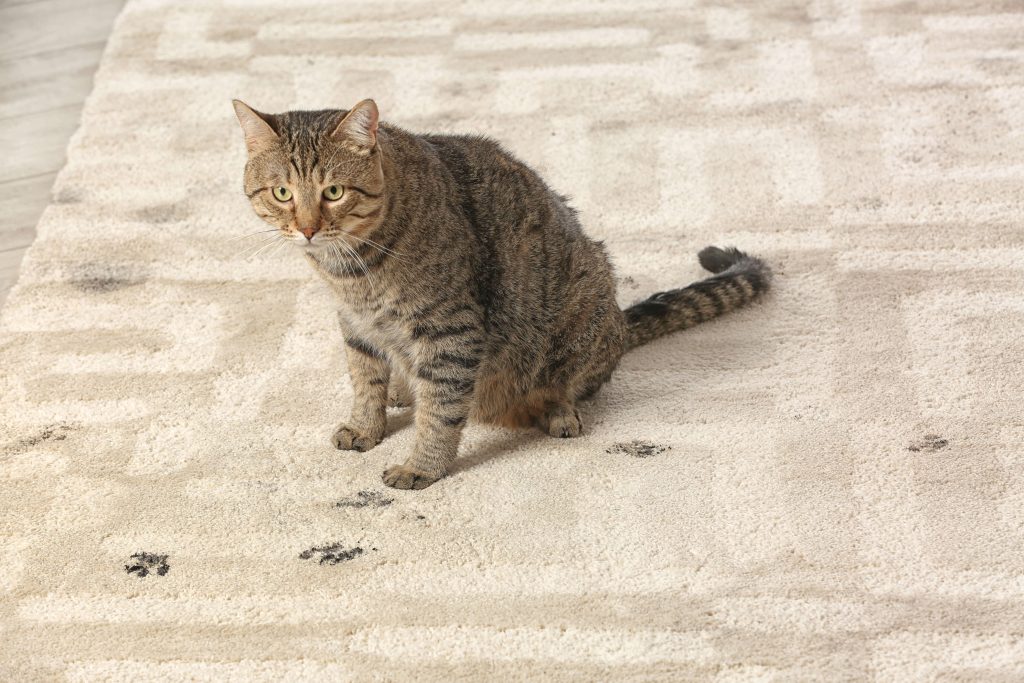
Claw care
A kitty that has plenty of opportunities to wear down its claws doesn’t need constant grooming. Even indoor cats usually get rid of the dead sheaths around their claws by themselves. They simply use their teeth. But older cats, cats that are not as agile as they used to be, or cats that tend to have overgrown claws need grooming. You should help your cat take care of its claws. Here’s how to do it
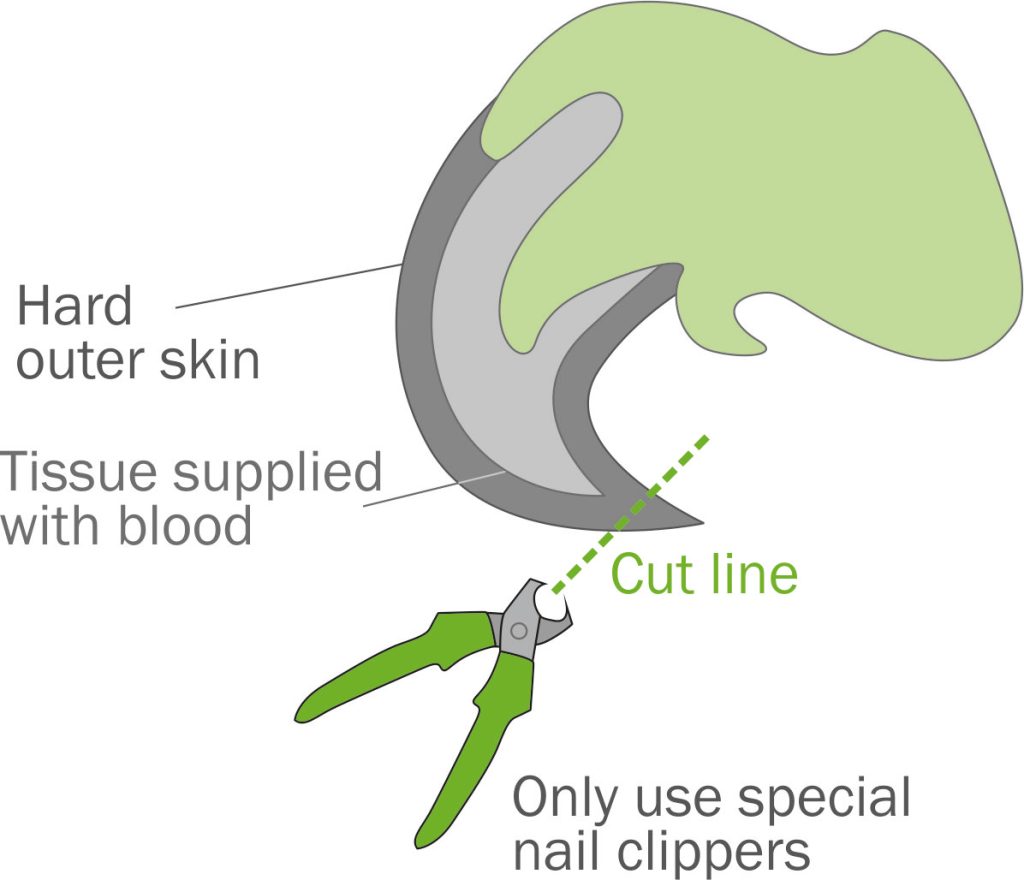
Dry paws
Cat paws have pads that normally reliably protect them from heat and cold. But in winter, the paws of outdoor cats can be more stressed. Gritting salt on roads and footpaths can cause problems for the pads. It dries out the skin and makes the pads crack. You can prevent this by caring for your cat’s dry pads at this time of year with special cat paw ointments that effectively protect their pads and keep them soft.
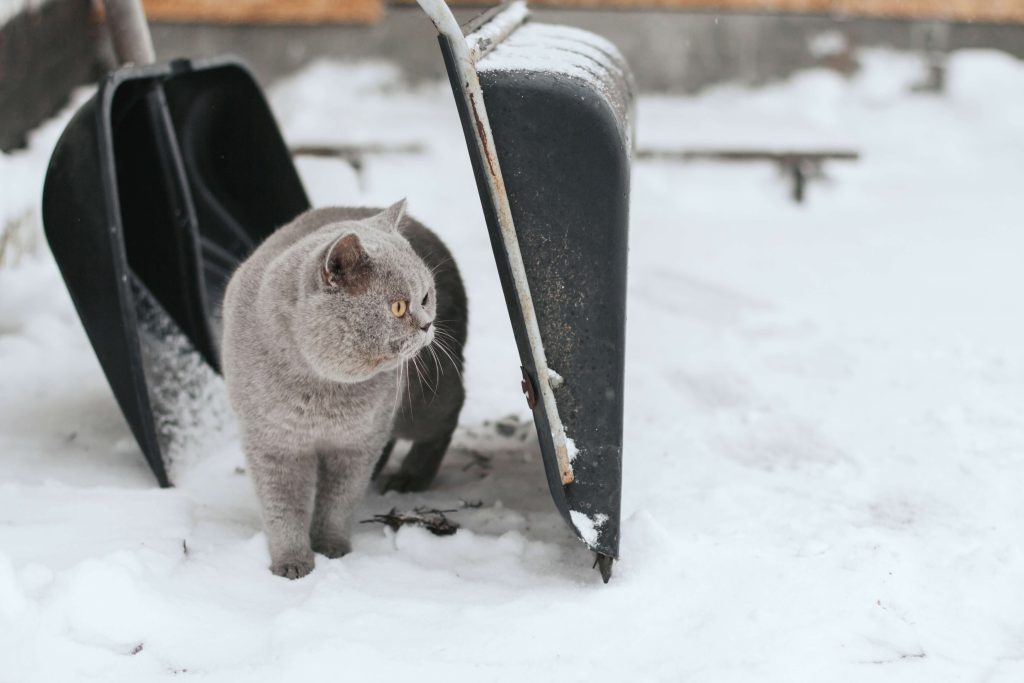
Calluses on paws
Can paws have calluses? Yes! Like on your hands or feet, a cat can develop calluses on its paws. If the skin on a cat’s paw pads is very dry and cracked, or if he has suffered a pad injury, small cutaneous horns may form more heavily in these areas. These horned growths on the paw pads are not dangerous for the cat, but may bother or hamper it. If so, they should be filed by a veterinarian.
Why does my cat put its paws on me?
Mad moments – sometimes there’s no stopping your kitty! When a joy for life and playfulness takes hold of cats, they really go for it! They dart around as if stung by a bee. Or roll around ecstatically on the floor, only to sprint off the next moment and climb the walls. “Why don’t you play with me?” When your cat wants to get you to play, she often touches you. She may paw at your sleeve, your trousers or elsewhere on your body.
Sign of affection
Cats have their own language. They don’t use words like we do, but instead use their body and certain sounds to communicate with you and their surroundings. When your furry friend blinks at you, then closes its eyes briefly to open them again in slow motion, it feels completely at ease with you. Does your cat nuzzle up to you with its chin or head? You should feel flattered: this is a sign of affection. You are a favoured person!
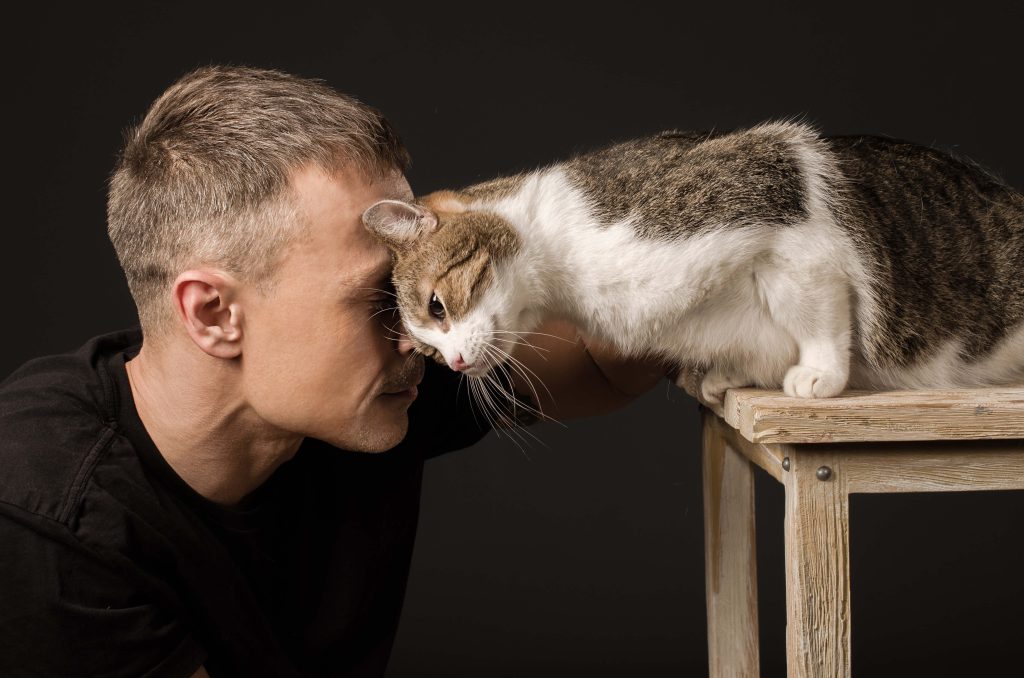
FAQs – Cat paws
The front and hind paws are similar to those of other mammals and are perfectly adapted for the life of a hunter.
Cats have seven pads on their front paws and five pads on their hind paws.
The “hands” are front paws and the “feet” are hind paws.
Dirty paws should be cleaned thoroughly, cracked paws should be kept supple with paw ointment and, if necessary, claws should be trimmed.
An extra claw on the inside of the hind paw sometimes occurs in cats, but it is rare.
The pads of a cat paws are the colour of its fur. If the cat has a piebald coat, the cat paws are also a mix of colours.
A cat has five toes on its front paws and four toes on its back paws.
The larger members of the cat family have feet or paws, whereas their domestic relatives have paws.
Yes – they need to be sensitive to stimuli and external factors because they are important “receptors”, along with other senses that help cats survive.
Dampen a clean flannel with lukewarm water, wipe dirty paws thoroughly and gently pat dry.
Clean the injured toe carefully and then disinfect and care for the wound with special cat spray or gel.
Climbing, running, jumping, grabbing prey, but also grooming….. a cat’s paws are perfectly adapted to the life of the lurking hunter.
Where exactly is the swelling and how is your cat walking? Your observations can help the vet to get your cat back on its feet more quickly.
To prevent the inflammation from spreading further, the paw should be cleaned and disinfected. Medication can help to fight the inflammation internally as well.
If your cat is in a lot of pain, avoids you touching it, and the paw looks different than usual, then it could be broken.
Cats can sweat on their paws because they have some sweat glands between their pads and toes.
The pads on a cat paws can develop thick calluses that are supple.
The skin of the pads can be effectively protected and kept supple with special ointments.
“Why don’t you play with me?” When your cat wants to encourage you to play, she may paw you.
